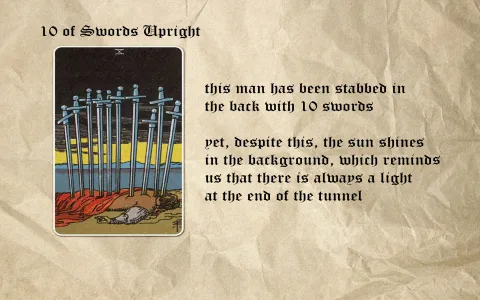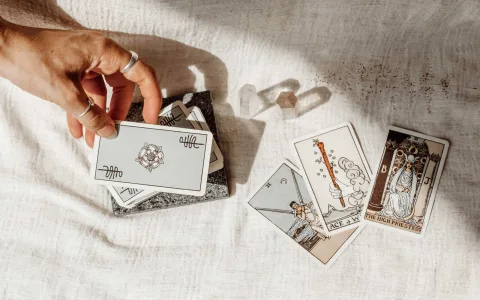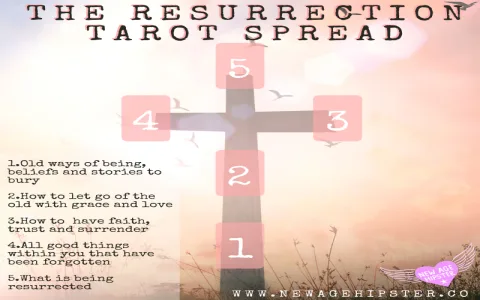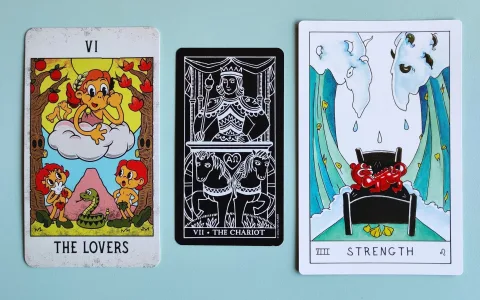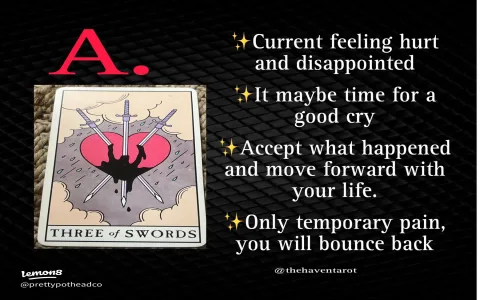When Doom Shows Up in Your Spread: My Practice Log
Man, let me tell you, I’ve been pulling cards for years now, and every single time—and I mean every single time—someone gets a reading, whether it’s for them or they are just watching me do it, if they see one of the heavy hitters show up, they just freeze up. You know the ones. Death. The Tower. The Ten of Swords. The Devil. People go straight for the drama. They instantly jump to “Oh my god, I’m going to lose my job, my cat is going to run away, and my house is going to burn down.”
I started keeping detailed records of my “ominous” pulls precisely because of this panic reflex. I had to prove to myself, and to the terrified people I read for, that these cards are not a curse. They are just loud warnings. They are the universe yelling at you to wake up and stop messing around. So, I grabbed my favorite deck, got a cup of terrible coffee, and decided to dedicate three weeks to just asking deliberately tricky questions to see what kind of terrible things I could pull. I wanted to see how many “deaths” I could survive.
The Setup: Pulling the Ten of Swords for a Business Problem
The first serious, scary pull that really got me to document the process was when I was trying to figure out how to handle a ridiculously complicated, long-term technical problem in my personal consulting work. I had been banging my head against the wall for months, trying to gently negotiate this situation into submission. The client was stubborn, the budget was tight, and I felt completely drained.
I laid out a simple three-card spread: Current Blockage, Necessary Action, and Outcome if Action is Taken.
I flipped the first card, the Current Blockage. It was the Eight of Swords—perfect, I felt trapped and mentally shackled. I nodded, accepting that reality.
Then I slammed down the second card, Necessary Action. Bam. It was the Ten of Swords.
I stared at it for a full minute. The image of the guy lying face down with ten swords sticking out of his back is just brutal. My immediate, raw human thought was: “Okay, I’m fired, the project is dead, and I should probably just close up shop and go live in a cave.” I felt that cold dread wash over me, the same dread everyone else feels.
Deconstructing the Dread: My Step-by-Step Practice
The trick is, you have to force yourself to move past the picture. The minute I pulled that card, I had to stop seeing the “stabbed guy” and start seeing the math and the physics of the card. This is the process I wrote down in my journal immediately after that pull. This is what I practiced using every time after I got a “bad” card:
- Step 1: Acknowledge the Fear, Then Toss the Imagery. I physically covered the picture with a blank sheet of paper. The imagery is just packaging. I only focused on the number and the suit. It’s Ten. It’s Swords.
- Step 2: Define the Components. What is the meaning of the Suit? Swords = Thoughts, Communication, Conflict, Mental Energy. What is the meaning of the Number? Ten = Completion, Ending, Finality, The Summit.
- Step 3: Combine Them Simply. Ten of Swords means: The complete ending of the mental conflict/bad thinking. It’s the point where the battle is finally, definitively over. Not necessarily the battle you wanted to win, but the one you were dragging out.
- Step 4: Contextualize It (The Crucial Step). My position was “Necessary Action.” If the card means the completion of mental pain, then the necessary action required was to choose to let the pain end completely. It meant I had to stop trying to gently negotiate, stop trying to fix the unfixable, and just shut the project down gracefully and firmly. I needed to accept that this effort was done, over, finished.
It’s not saying “doom,” it’s saying: “This chapter is fatally complete, stop trying to write more pages.”
The Realization: Following Through on the Painful Advice
Once I re-interpreted the card using that cold, mathematical logic, the fear vanished. It was replaced by a kind of difficult clarity. I realized the card wasn’t predicting I would be stabbed; it was showing me I had already been stabbed—by my own long, drawn-out internal struggle—and the only cure was to pull the swords out myself and decide I was healed and done with that specific problem.
I picked up the phone the next day and had a very short, very firm conversation with the client, explaining that the current path was unsustainable and that the scope needed to be either severely cut or the project needed to pause. I expected huge drama. Instead, the client, relieved by my sudden decisive action, agreed instantly to pause the work and renegotiate later. All that months of mental agonizing just snapped and vanished.
The “ominous” card was the best thing that could have happened. It forced me to use a painful, but necessary, solution. Now, whenever I or a client pull a terrifying card, I don’t see the dark imagery; I just see the mathematical formula for rapid, mandatory change. It has saved me from self-sabotage more times than I can count. Don’t fear the dark cards, folks; listen to them scream what needs to stop.

